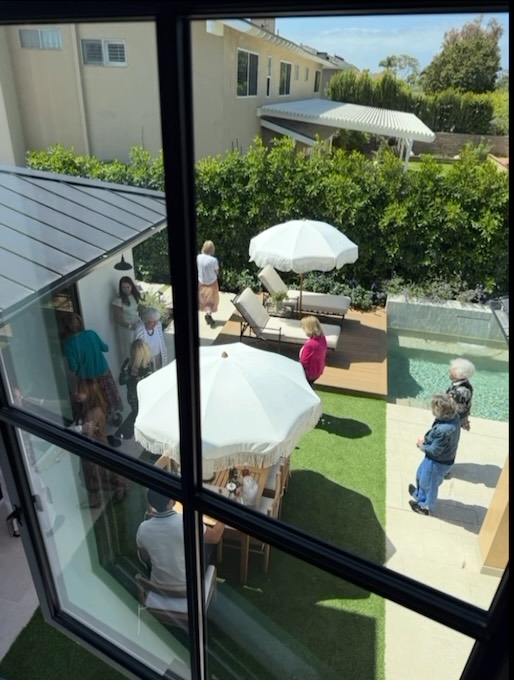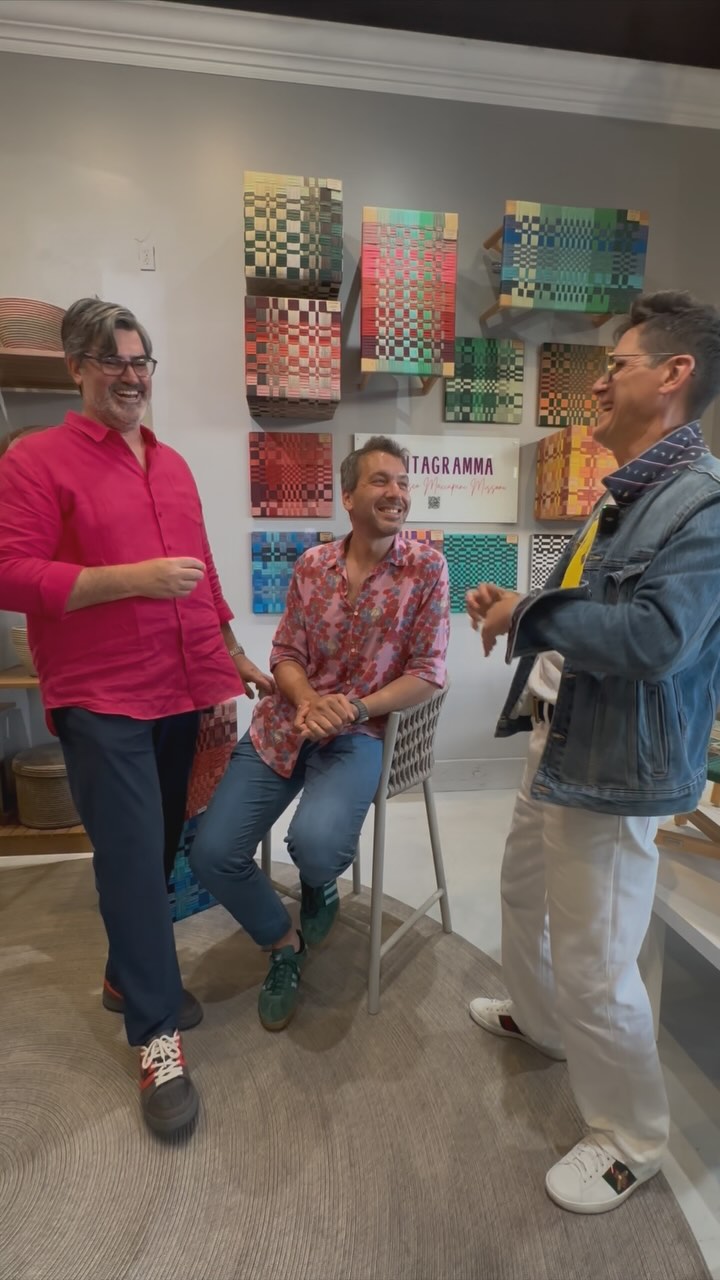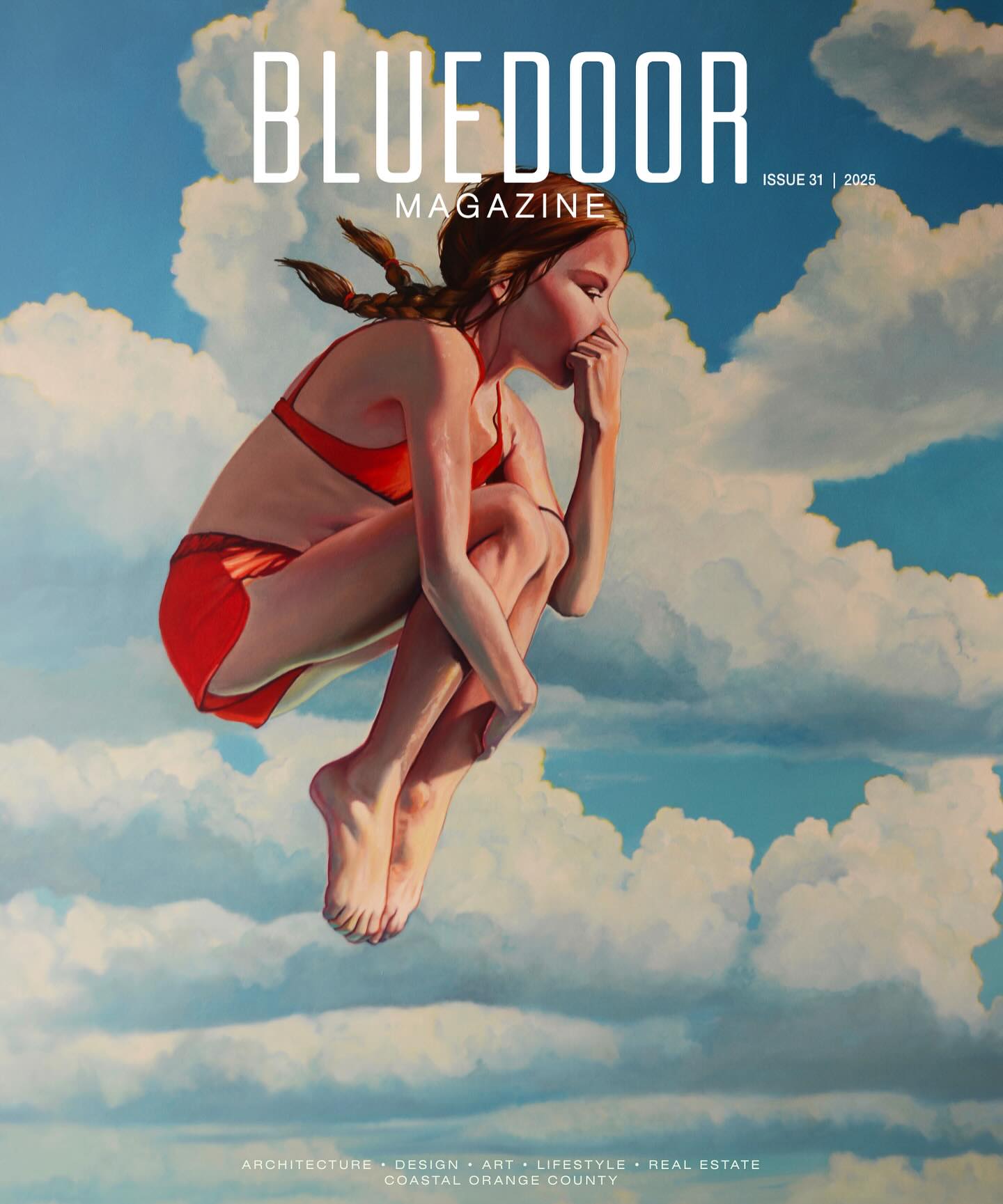by Liz Goldner
EDITOR’S NOTE:
A frequent contributor to Blue Door Magazine, writer Liz Goldner was in the process of writing “Mark and Jan Hilbert: The Love Story that Launched an Art Museum,” when Janet passed away on December 7, 2024. Janet will be remembered for her acquisition of a spectacular collection of California art and her resolute spirit in working with her husband Mark to create the Hilbert Museum at Chapman University in Orange. Her life story encompasses their mutual love for California art, and their emphatic desire to contribute to their community by exhibiting the finest examples of this art.
The book includes many stories about her, including her work with Mark to build an outstanding collection of California art and their efforts to co-create a world-class museum. Janet Hilbert also shared stories with Liz about the couple’s explorations of art museums and galleries in this country and abroad.
Orange County and the art world in general have lost a sublime champion of creative visionaries whose visions, committed to canvas and on exhibit, serve to remind us of Janet Hilbert’s immense contributions to our cultural life.
In tribute to her, we are publishing the following excerpts from Goldner’s upcoming book, which the Hilbert Museum will publish later this year. While teaching students about business, Jan displayed empathy for them and a love for art.
When she was a teacher at Redondo Union High School, Jan realized, “There is more to education than just the technical aspects.” She contacted the school’s art teacher, Cesar Hernandez, and purchased one of his scenic watercolors of San Francisco streets in the rain. She hung the painting in her apartment and “immediately enjoyed the artist’s interpretation of the beauty of California.” As she acquired additional watercolors by Hernandez, she refined her ability to appreciate fine art.
While teaching at the high school, or at Santa Ana College, Jan demonstrated genuine care for her students, encouraging them to develop skills in order to succeed in the larger world. She became among the two schools’ favorite teachers. As co-founder of the Hilbert Museum, she employed her empathetic abilities to reach out to the museum staff and visitors.
Jan’s and Mark’s budding romance
In 1991, Jan was rollerblading on the Balboa Peninsula in Newport Beach, California, when Mark drove by in his 1947 Packard. “My friend recognized him and waved him down, as he also had a Packard. There I was on a February morning, not expecting a new life to begin. But a bell went off and so did we. I was initially fascinated by Mark and by all of his interests. He loved any kind of art and design, and I quickly discovered that he was also a collector. It was a passion for him, and he would go to any lengths to gratify that passion.”

As a couple who met in their forties in 1991, Mark and Jan came to embrace their relationship with each other, with their extended family and their many friends and colleagues throughout the California art world and beyond. They soon became missionaries for the California narrative art style, artwork that serves as a window into the state’s illustrious history.
During their many European trips, Mark and Jan educated themselves about art
During the couple’s 25 trips to European museums and galleries, they perused the work of Old Masters, along with Impressionism and modern art. Jan and Mark regarded their many tours of European capitals, of visiting renowned museums and viewing classic architecture, as opportunities to expand their understanding of fine art. They were teaching themselves to more fully comprehend the unique aspects of the many paintings they collected.

Jan explained, “I created a game that Mark and I played in the museum galleries. We asked each other what our favorite painting was in that room and why. While talking about why we each chose a particular painting, we were amazed at how often our choices were the same. The game enabled us to look closely at each painting, to study the colors, compositions, era, story, and how the space in each artwork is broken up.”
Jan’s love of people inspired the couple’s acquisitions of narrative art, known as California Scene Paintings
One day, Jan looked at their growing art collection and commented, “I’d like to see people in the paintings. They are more interesting that way, and they tell stories. Paintings with people are easier for visitors to look at and relate to.” The couple began purchasing more narrative-style artworks.
After viewing many important European paintings over several years, Jan and Mark realized that their own oils and watercolors compared favorably to those pieces. Much of their original collection is exhibited today in the Hilbert Museum and in their home.

Collecting art and exhibiting it in their museum
Mark and Jan didn’t just collect art; they shared it. They always shared it with the pronounced understanding that art is a universal language capable of bringing people together. Their remarkable generosity and vision have ensured that the Hilbert Museum will continue to inspire, educate, and entertain for generations to come.
Mark and Jan often expressed appreciation for the joy of giving back to their community by providing a free-to-the-public art venue, exhibiting narrative art that inspires viewers of all ages and backgrounds. They explained, “If we had known how great it feels to provide this museum and its idyllic art to the public, we would have opened it sooner.”
Architectural Recognition
The Los Angeles Times recognized the Hilbert Museum’s 2024 expansion in the article, “The 8 Best New Architecture Projects in L.A. for 2024.” The article explains: “Instead of creating an extravagant new building, the firm Johnston Marklee highlights two beige stucco-clad, tilt-up concrete boxes, framing a new tiled concrete courtyard. The highlight of it all is the front-and-center installation of ‘Pleasures Along the Beach,’ a 40-by-16-foot mosaic by the great midcentury designer Millard Sheets. Depicting swirling, fiery-toned seagulls, beachgoers, ocean, and mountains, it was moved from the former Home Savings building in Santa Monica—effectively saving the treasure from oblivion.”
























![🎨✨ Color meets creativity at the coast ✨🎨
Join Bloor Door Magazine and Tidelli Outdoor Living @tidellioutdoor for an unforgettable evening with Francesco Maccapani Missoni @fmaccapani , the visionary behind the Pentagramma Collection.
📍 Tidelli Outdoor Living - Orange County
7876 East Coast Highway Newport Beach, CA 92657
🗓 Wednesday, May 21 | 🕕 6–7:30 PM (Doors at 5:30)
Expect:
🌈 A deep dive into the art of combining color
🎤 Live talk + Q&A with Francesco
👀 Behind-the-scenes of the Pentagramma Collection
🍸 Light bites + good vibes
Come get inspired by bold rope hues, timeless design, and Italian soul.
🎟 RSVP now → [link in bio]
#Missoni #TidelliOutdoorLiving #BloorDoorMagazine #DesignEvent #FrancescoMissoni #ColorStory #NewportBeachEvents #InteriorInspo #DesignTalks](https://bluedoormagazine.com/wp-content/uploads/2024/03/499443917_18279427363301802_778893880365426415_n.jpg)
